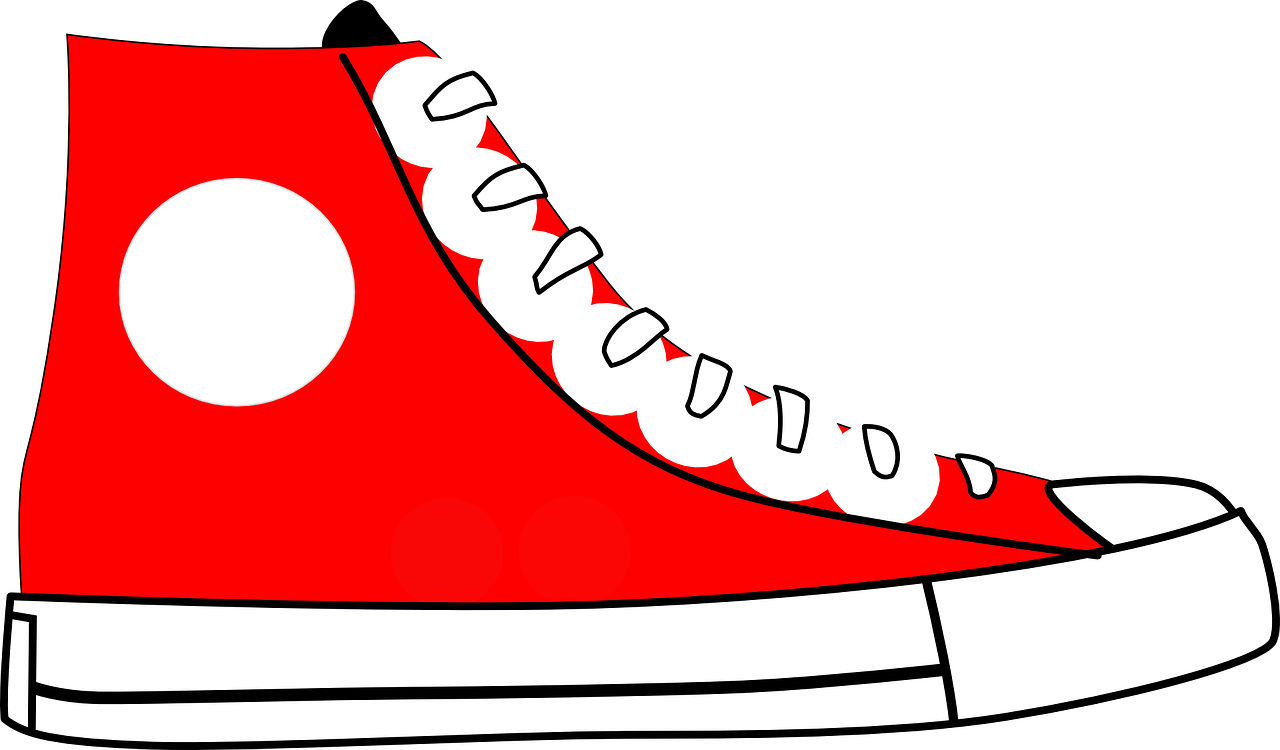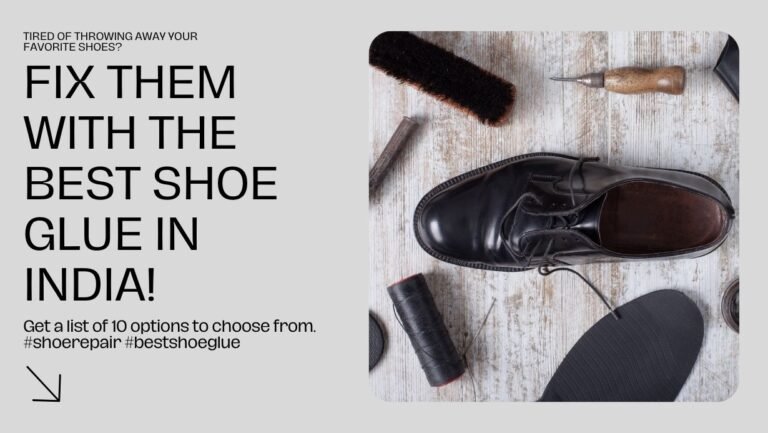Buying the right sports shoes can be a daunting task. You need to know exactly what you’re looking for and which features are best for your needs. With so many brands, types, and styles available today, it’s important to take your time and evaluate each option carefully.
This article will guide you through the process of determining your needs, selecting the right shoe type, trying on shoes, evaluating fit and comfort, and considering price and quality.
Key Takeaways
- Consider sizing options
- Evaluate the quality of the material
- Determine the level of support needed
- Try on different shoes
Determine Your Needs
Before you buy sports shoes, it’s important to determine your needs. Consider things like sizing options, the quality of the material, and how much support you need.
Take time to try on different shoes so you can find a pair that fits comfortably. Research brands and read customer reviews to make sure you’re getting the best value for your money.
Look for special features like waterproofing or breathability that could enhance your performance and give you more freedom during activities.
Taking these steps will ensure that your next purchase is a smart one.
Select the Right Shoe Type
You need the right shoe type to best suit your activity. Running shoes are designed for the repetitive forward motion of running, while cross-training shoes provide more side-to-side support needed for activities like basketball or tennis. Court shoes are specifically designed for sports that involve a lot of lateral movement and quick starts and stops, such as volleyball or squash.
All three types require different levels of cushioning, arch support, and stability so it’s important to find one that fits your needs.
Running Shoes
When shopping for running shoes, it’s important to consider factors such as cushioning, support, and breathability. Look for stability cushioning and tread design that offer the right amount of traction without weighing you down.
Go with shoes that are lightweight yet supportive enough to give your feet protection from injuries. Breathable materials help keep your feet cool and comfortable during intense runs.
Choose a style that gives you freedom of movement while providing the necessary cushioning and support.
Cross-Training Shoes
If you’re looking for shoes suitable for a variety of activities, cross-training shoes are the perfect choice.
Crafted with extra cushioning and support, they’ll give you the freedom to switch up your exercise routine.
Whether you’re running, jumping or lifting weights, these shoes provide excellent shock absorption and stability.
Plus, their breathable design helps keep your feet cool and dry during intense workouts.
With so many different styles available, it’s easy to find a pair that suits your sports nutrition needs as well as tips for success in any type of exercise.
Court Shoes
For court sports, you’ll need a pair of court shoes designed for extra grip and stability. Look for shoes with rubber or gum soles that provide superior traction on hard surfaces – ideal for those quick turns and sprints.
Cushioning levels vary depending on the surface type; if playing on an indoor court, look for shoes with higher cushioning to protect against shock when running.
Freedom is key – choose the shoe that fits you best and allows you to move around the court without restrictions!
Try on Shoes
Check out the shoes in person if possible and try them on to make sure they fit comfortably. Analyze trends, check reviews, and assess your own style preference before making a purchase.
Make sure the shoe fits well without pinching or rubbing anywhere, as this can cause discomfort during sports activities. Ensure that you have enough room in the toe box for good range of movement.
Additionally, it’s important to take into consideration the type of sport you are playing when buying court shoes so that you get the necessary features such as grip and cushioning.
Evaluate Fit and Comfort
Feel the shoe to make sure it fits comfortably without pinching or rubbing anywhere. Monitor your gait to assess the fit and comfort of the shoe when walking.
Compare brands for differences in cushioning, arch support, heel height, and durability. Consider breathability and ventilation if you plan on wearing them for prolonged periods of time.
Look closely at any areas that could become a problem down the road – like seams or ridges – and check the soles for wear patterns too.
Remember that finding shoes that are both comfortable and stylish is key!
Consider Price and Quality
Compare the price and quality of different brands to find shoes that suit your budget and provide the best value. Evaluate cost against performance features to ensure you’re getting a good deal. Investigate customer reviews online, compare materials used, and research company reputations before deciding on a purchase.
Look for any discounts or sales to maximize savings while still finding shoes with superior quality. Consider all aspects and don’t let financial constraints limit you from finding a great pair of sports shoes!
Frequently Asked Questions
What are the best brands of sports shoes?
Comparing prices and quality can help you find the best sports shoes. Do research to discover which brands offer the features that are important to you, at a price you’re comfortable with. With knowledge, you have the freedom to choose the perfect pair for your needs.
Is it better to buy online or in-store?
Try on shoes in-store to get the best sole comfort. Shopping online can be convenient, but you won’t know for sure if they feel right until you try them on. Make sure your sports shoes fit well and feel comfortable before buying!
How often should I replace my sports shoes?
It depends on the frequency and duration of your exercise or training. Generally, you should replace sports shoes every three to six months if you are an active athlete. For less frequent activity, a new pair may be needed once a year.
Is it better to buy sports shoes for a specific sport or for general use?
Compare prices and comfort levels to decide if buying a specific-sport shoe is better for you. Consider your needs and preferences, allowing you freedom to choose what works best.
Are there any additional features I should look for in a sports shoe?
When selecting sport shoes, consider a sizing guide and the price range that fits your budget. Look for features such as cushioning, arch support, flexibility, durability and breathability to ensure you get the right fit for your activity.
Conclusion
You’ve got the perfect pair of sports shoes! Before making your purchase, make sure you take into account your needs, the type of shoe you need, how it fits and feels when you try it on, and the price.
Evaluating all these factors will help you choose a quality pair of shoes that are comfortable and fit within your budget.
Now go out there and enjoy whatever sport you’re playing with confidence in your new shoes!







